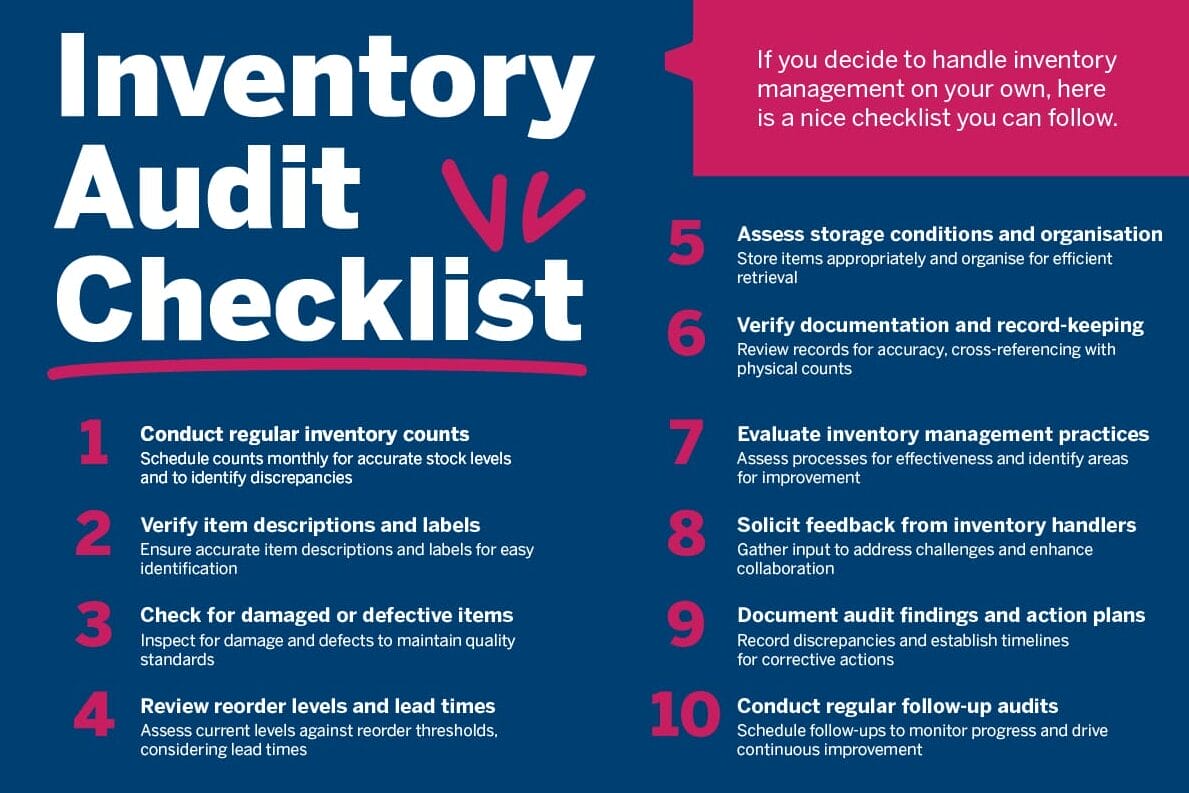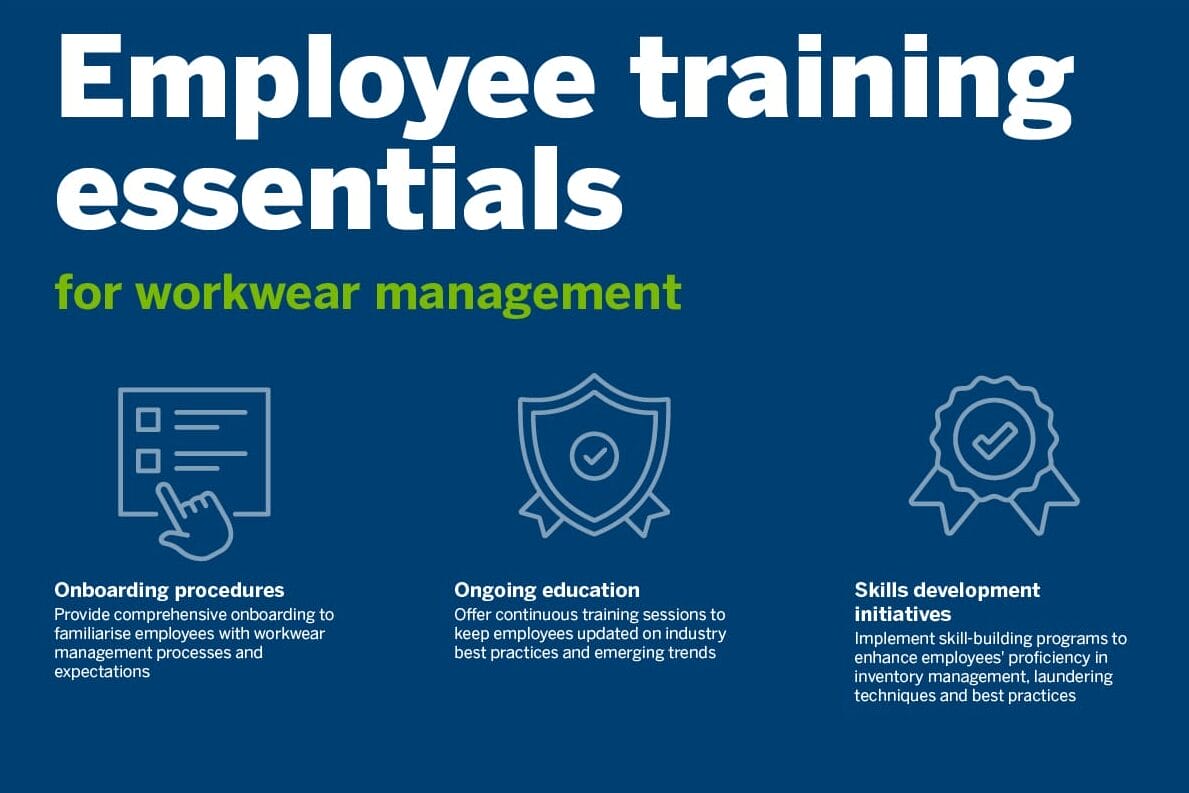Choosing the right workwear management solution

Whether you are the procurement manager for a chain of retail food stores or overseeing operations at a manufacturing plant, choosing a workwear management solution is a big decision. It is not just about saving money; it is about making your work smoother and more efficient. After all, better processes mean better business.
When deciding on the right workwear management solution for your organisation, there are three paths you can take:

Self service
You manage everything yourself, from buying the textiles to taking care of and discarding them.

Owning the garments,
but buying laundry services
You own the clothes but get someone else to wash them. Here, there is a middle ground between maintaining control over your garments and enjoying the convenience of having somebody else clean them.

Full workwear management solutions,
like Lindström services
An outside company like Lindström handles every part of workwear management, from procurement to laundering and much more. With this comprehensive service, you get a strategic partner to address all your textile requirements.
So, how do you know which workwear management solution is best for your company? That is what this guide is all about! Whether it is managing inventory or handling logistics, you will learn about the most important factors to consider when making this decision.
For each factor, you will also be shown a list of questions to help guide you towards making the best decision. You will also learn how one company weighed the options to choose the solution that best suited them.
Now that you understand the different workwear management options, it is time to explore the essential factors that guide your decision-making process.
Workwear management solution: five factors to consider
When considering workwear management solutions, you need to think about several key factors to ensure efficiency, cost-effectiveness and alignment with your company’s objectives. Here are five of the most important:

Workwear purchasing
Imagine you are the procurement manager of a busy hotel chain. From housekeeping to the front desk, you need to ensure that staff uniforms are always available and presentable. The upfront costs for these garments can be quite high.
Furthermore, the number of garments you need can often change. Some months require extra uniforms for big events, while others need fewer due to seasonal customer changes. This challenge is not unique to hotels; procurement managers in all sectors face their own set of issues.
How do you manage the changing textile needs of your organisation? Below are the options:

Self service
Your company handles textile purchases by itself. This means you are responsible for finding textiles from various suppliers, negotiating deals and managing inventory levels. It also involves the upfront costs of buying the clothes. It is a flexible approach but takes a lot of time and work. To meet the specific textile requirements of each role, you also should have expertise in the properties and functionalities of different materials.

Owning the garments, but buying laundry services
You own the clothes, but get someone else to wash them. Similar to self-service, you handle textile purchases on your own. While it is convenient that someone else handles the washing, you still have to search for suppliers and negotiate deals.

Lindström service
An external partner like Lindström handles every part of workwear. With us, you do not worry about finding suppliers, negotiating deals or buying workwear. Instead, we takes care of everything, ensuring consistent availability of quality garments tailored to your needs.
Current trends in Workwear textiles

- When you purchase garments in small volumes, does it cost you more money than you would like?
- When ordering garments, especially those with special requirements, are the delivery times longer than you think they should be?
- Does ordering workwear feel complex and difficult?
If you answered ‘yes’ to any of these questions, it is perhaps worth considering Lindström’s solutions. Lindström manufactures and provides garments according to your needs, with competitive pricing and short lead times. However, if you purchase your own textiles, are happy with the current process and are willing to invest the required time and resources, then self-service may be the most suitable option for your company.

Workwear inventory management
Managing inventory is more than just storing textiles on shelves and pulling them down when you need them. You need to strike a balance between always having the right amount of garments available and minimising the cost of having too much in stock. Overstocking takes up space and can be expensive for your organisation.
Then there is the challenge of being able to locate lost or misplaced garments – something a digital tracking system would help you solve. Finally, managing hygiene and safety checks, repairing damaged garments and discarding textiles sustainably takes knowledge and expertise.
The benefits of inventory management, when done well, provide many advantages to your company. Here is how the three different solutions handle inventory management:

Self service
Your company handles textile purchases independently. This means you are responsible for finding textiles from various suppliers and negotiating deals. Your company also handles its inventory, including monitoring stock levels, performing quality checks, and storing and distributing the garments.

Owning the garments, but buying laundry services
With this approach, while your company retains ownership of the workwear, laundry service providers often take care of restocking your garments. Also, though some laundry service providers do quality and safety checks, others do not.

Lindström service
Lindström handles the inventory management of your workwear and can accommodate seasonal changes in volume. This means you only need storage space for the garments your company currently uses.
Lindström also digitally tracks every garment, conducts quality checks and actively manages your textiles’ lifecycle.
- Do you find yourself struggling with limited space to store your workwear?
- Do you lack efficient systems and expertise to track textile usage and conduct safety and hygiene checks?
- Do changes in workwear demand affect your inventory and require extra attention?
If you lack space and struggle with optimising inventory, Lindström provides solutions to ensure you have the right stock levels. Similarly, if you spend time checking the safety and quality of your garments – and are not always sure when to repair or discard them – then Lindström would benefit you here as well. However, if you already have efficient systems in place, options like self-service or laundry services may also suit your organisation well.


Washing and maintaining workwear
Washing and maintaining workwear is more complex than it seems. Proper care is essential for cleanliness, safety, garment quality, and employee satisfaction. Your organisation must have the skills to manage various factors, including washing frequency, industry regulations, environmental impact and the optimal use of chemicals.
Additionally, you need to be able to identify and repair damaged garments to meet safety standards. Implementing these practices requires professional know-how and expertise. Choosing the ideal solution for washing work clothes, and maintaining them, requires careful consideration. Let’s again explore the different approaches below.

Self service
With this method, your company handles the laundering of textiles in-house. It involves investing in expensive laundry equipment and managing washing processes. Sometimes employees themselves are responsible for washing their own garments. Your company must ensure it follows and stays up-to-date with industry regulations.

Owning the garments, but buying laundry services
In this approach, your company gives washing responsibilities to service providers while maintaining ownership of the garments. As mentioned above, while some laundry providers might do quality and hygiene checks, others do not.

Lindström service
Lindström handles your washing needs for you by using industrial expertise and cutting-edge technologies with a circular approach. Furthermore, Lindström identifies damaged garments and repairs them. It also closely follows your industry’s hygiene requirements and changes garments to meet your standards when needed.
- Is it challenging for you to keep up with your industry’s safety and hygiene regulations?
- Do you find it difficult and time-consuming to optimise washing of workwear, and to identify and repair garments?
- Do you want your washing and maintenance choices to match your company’s sustainability aims?
If you need a washing solution that covers everything, including optimised washing, regulatory compliance and garment repairs, Lindström may be your best choice. However, there are some situations where you may prefer to do it yourself or use a laundry service. For example, if you have already made a big investment in laundry machines and have good processes in place, you may want to stick to doing it yourself.


Workwear logistics
Have you ever considered how much is involved in getting your workwear from point A to point B… then back to point A again? This is logistics in action. Logistics is more than just moving your garments around; it is about optimising the process to save costs and ensure timely garment delivery.
Generally, companies face two challenges when it comes to optimising the logistics process for their workwear. First, they often transport a low volume of garments, making it harder to streamline operations and achieve cost savings. Second, they may struggle with keeping track of their garments, leading to inefficiencies and delays in delivery.
With this in mind, below are the different approaches to managing workwear logistics.

Self service
Your company handles its own logistics, including garment transportation and distribution. This means you have an employee handling logistics matters and using a company vehicle to transport your workwear.

Owning the garments, but buying laundry services
Laundry service providers manage logistics, mainly picking up and dropping off the garments that need laundering, as part of their service offerings.

Lindström service
Lindström takes care of all textile logistics, focusing on maximising delivery loads, optimising transport routes and ensuring your garments arrive on time. We use a digital tracking system to keep you informed about your garments’ location and ensure they are properly cleaned and handled. Finally, as flexibility is a key part of Lindström’s solutions, changes to your textile orders are handled as needed.
- When transporting workwear, does your company use its own employees and vehicles?
- Have any of your company’s garments ever been lost or misplaced?
- Is it a challenge for your company to load the most optimal number of garments per trip?
If you prioritise optimised delivery loads and routes, transparent tracking methods and reduced environmental impact, Lindström’s workwear logistics solutions may suit your company best. However, there are cases where the other solutions might be more suitable. For example, if you have only a few employees and operate in a very remote area, perhaps self-service might work best. Or maybe your company already has efficient logistics processes in place and does not feel a need to change them.
The future of sustainable vehicles for delivering workwear is brighter than ever. From electric delivery vans reducing emissions to solar-powered vehicles harnessing renewable energy – and even autonomous trucks revolutionising logistics – the landscape is evolving rapidly. Add in hydrogen-powered trucks and urban drone deliveries, and it is clear that sustainability and innovation are driving the next generation of workwear logistics.

Management of workwear services
Imagine you are a procurement manager for a food manufacturing facility. If your team manages workwear, they need to deal with suppliers, optimise stock levels and ensure garments are properly washed and maintained. This can get a bit complex. It means you need to have a committed employee with the right skills and training for the job. Let’s look at the different approaches through the lens of managing workwear services:

Self service
Your company takes care of all aspects of textile services internally, from distribution to disposal of garments.

Owning the garments, but buying laundry services
Laundry service providers handle washing matters – and sometimes handle maintenance and repair tasks – while your company retains ownership of the garments.

Lindström service
Lindström specialises in managing all of your textile services, allowing you to focus on your core functions. They handle everything from distribution to quality checks, ensuring seamless service delivery.
- Do you have employees spending time on managing textiles, when they could instead be focusing on their core work?
- Do you often find that your current processes for garment maintenance, repair and replacement are inefficient, challenging and costly?
- Have you ever had any problems – such as damaged fabrics or a lack of availability – with your workwear?
If you want to reduce costs, ensure there are no disruptions to your business, have seamless service delivery and focus on your core business then Lindström’s full-service management solution may be the ideal choice. However, if your organisation already has effective systems in place, and you don’t feel the need to improve them, then alternatives like self-service or laundry services may also be good options.

Sizing up textile management: customising solutions for every company
Given that every company operates differently, it is important that you find the textile management solution that aligns with your particular situation. If you are operating a small business in a remote area, you might find that the self-service options work best for you. If you work in an industry where there are not strict standards, and do not have the right setup to wash clothes, you might benefit from self-service combined with buying laundry services.
However, partnering with a professional service can offer greater benefits for most companies. Lindström offers services for companies of all sizes, providing a flexible workwear management solution with minimal upfront costs. Streamlined processes, specialised expertise and high-tech solutions ensure optimal stock levels and regulatory compliance. Lindström also conducts safety checks, prolongs textile lifespans and prioritises sustainability.
So, whether you are just starting out or you are already a big name, remember: the key is to choose the solution that fits your needs. It is an important decision that could save your company a lot of money, time and stress. So, do not rush when you make the decision. Take your time. Consider all the options. And do what is best for your business.
Happy Choosing!

Workwear logistics – how you gather and transport your textiles – is important for sustainability and your company’s operational efficiency.

The benefits of inventory management, done well, produce positive results for any business. Explore how renting textiles can support you!

